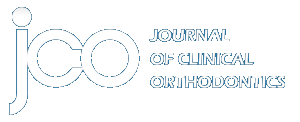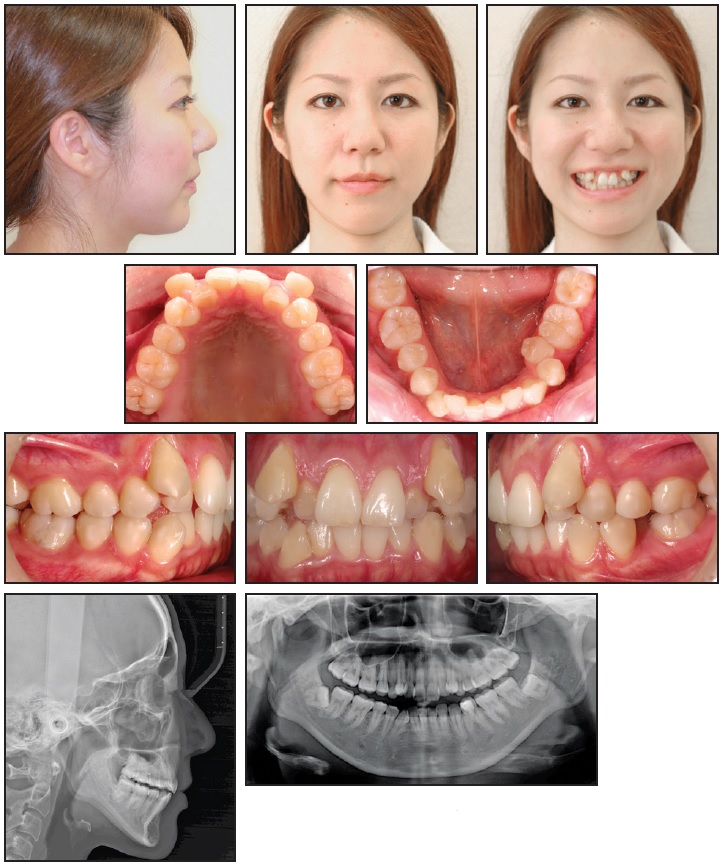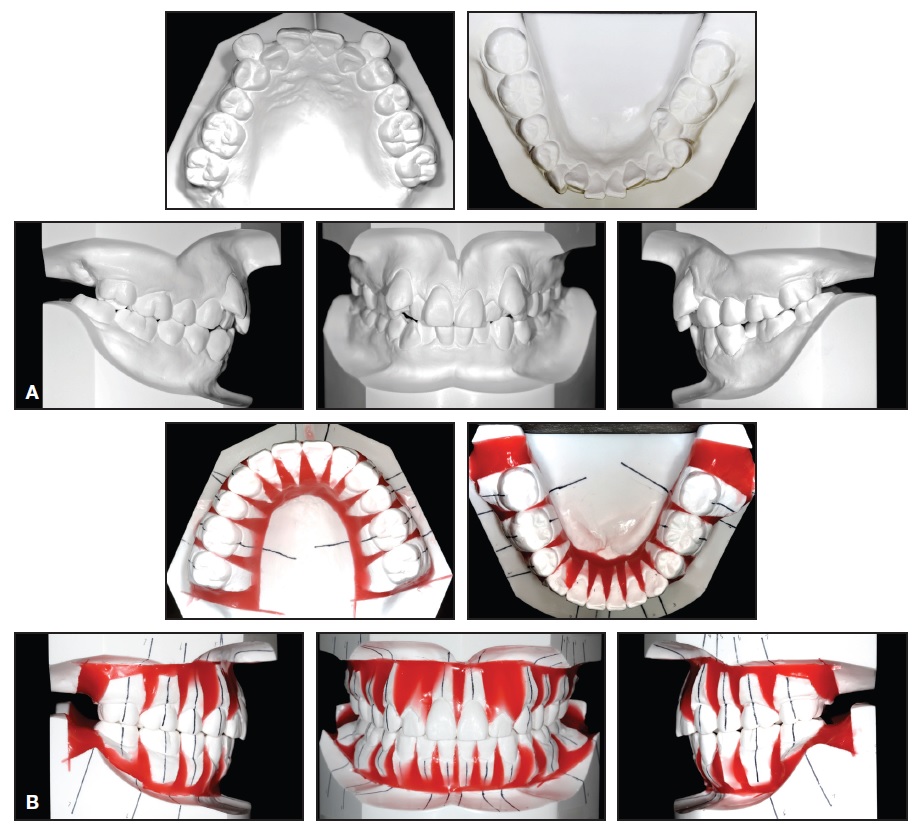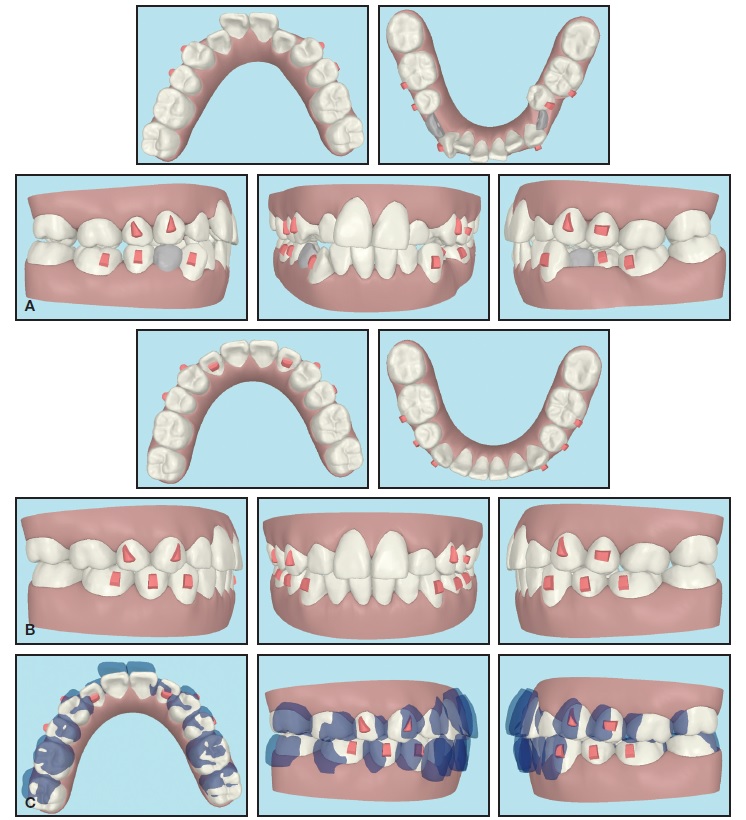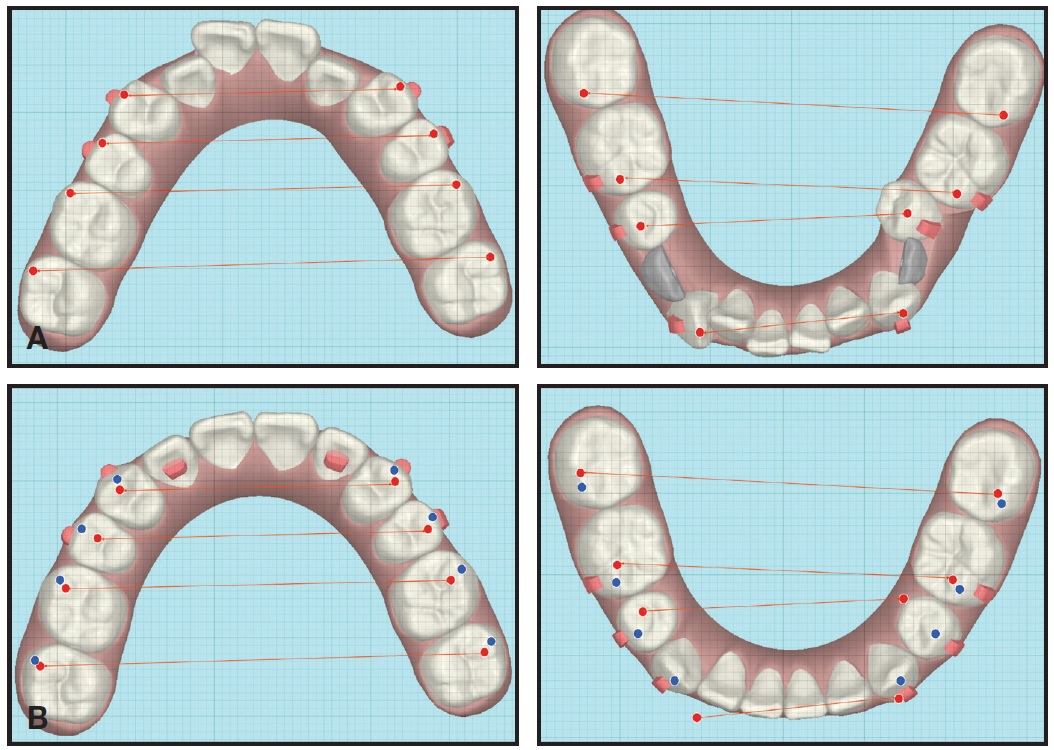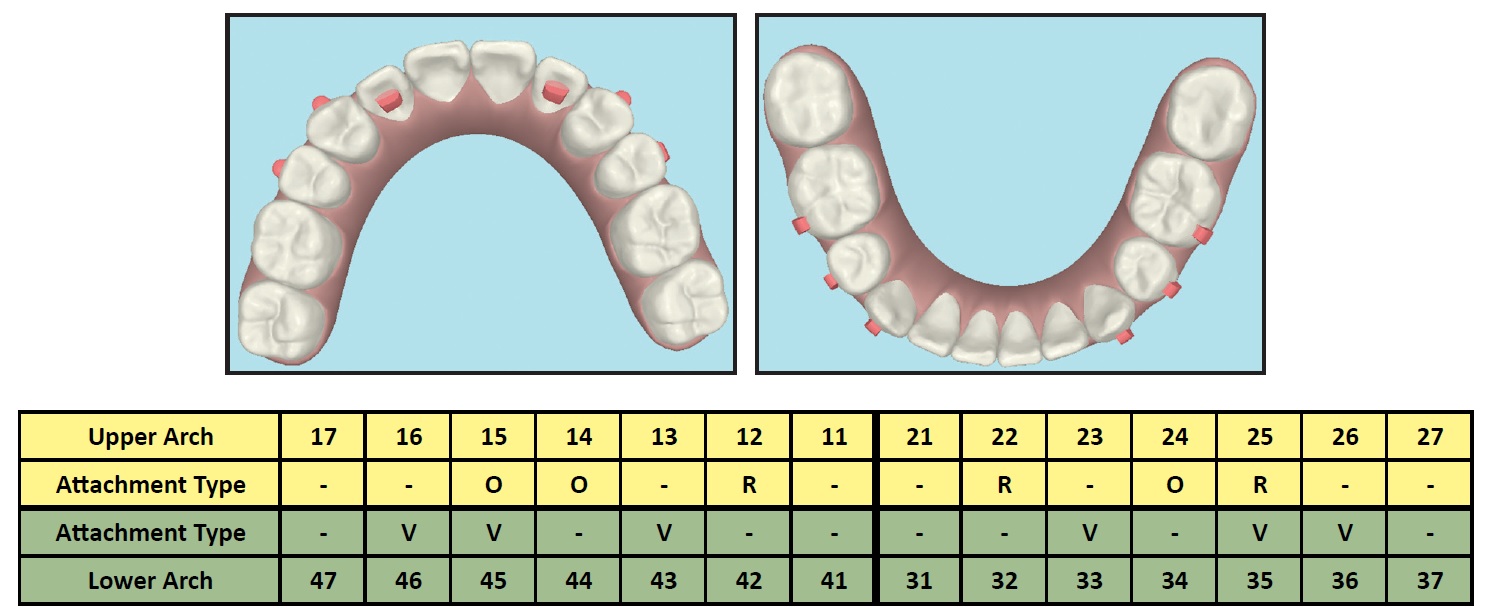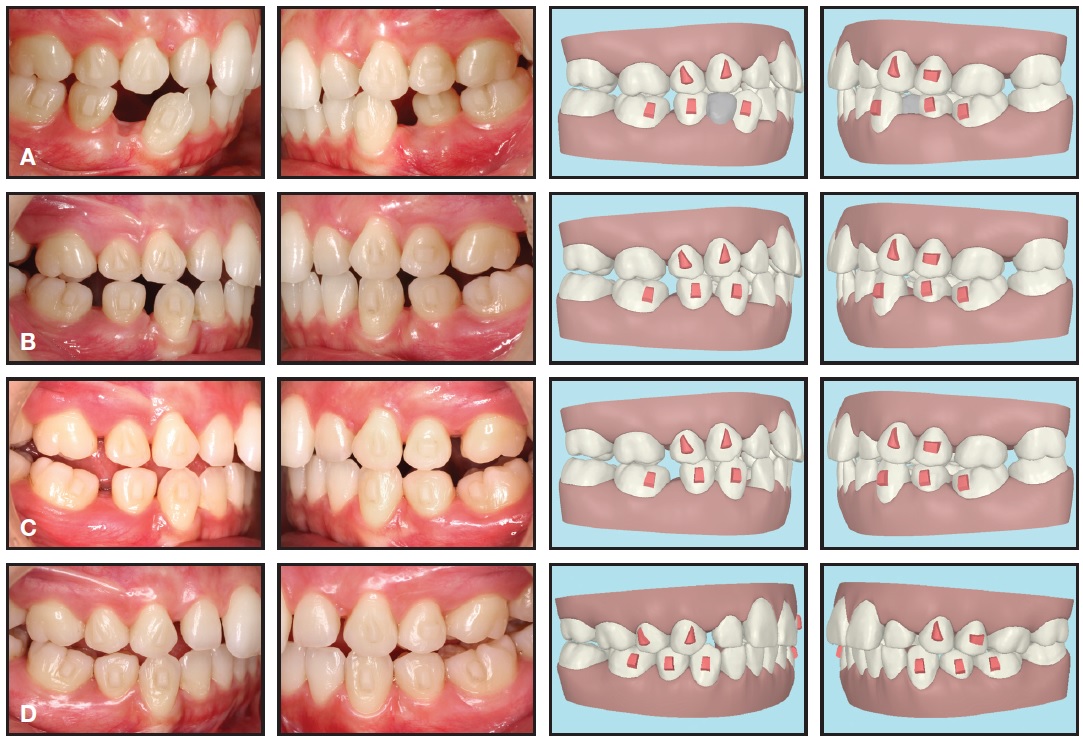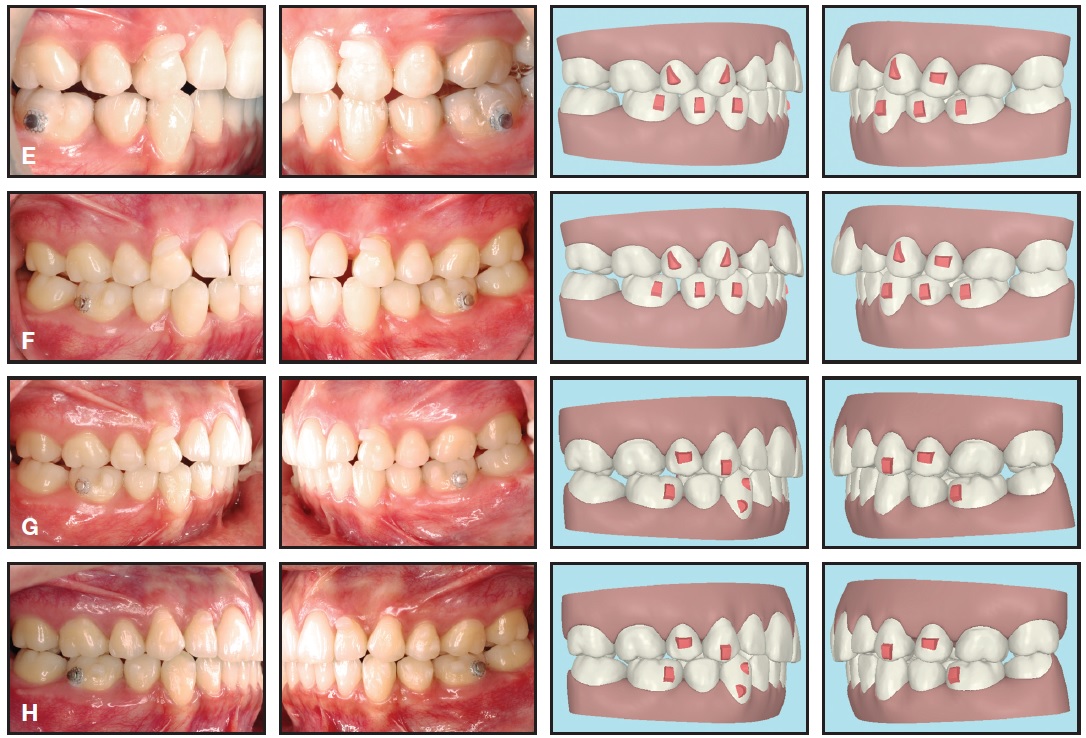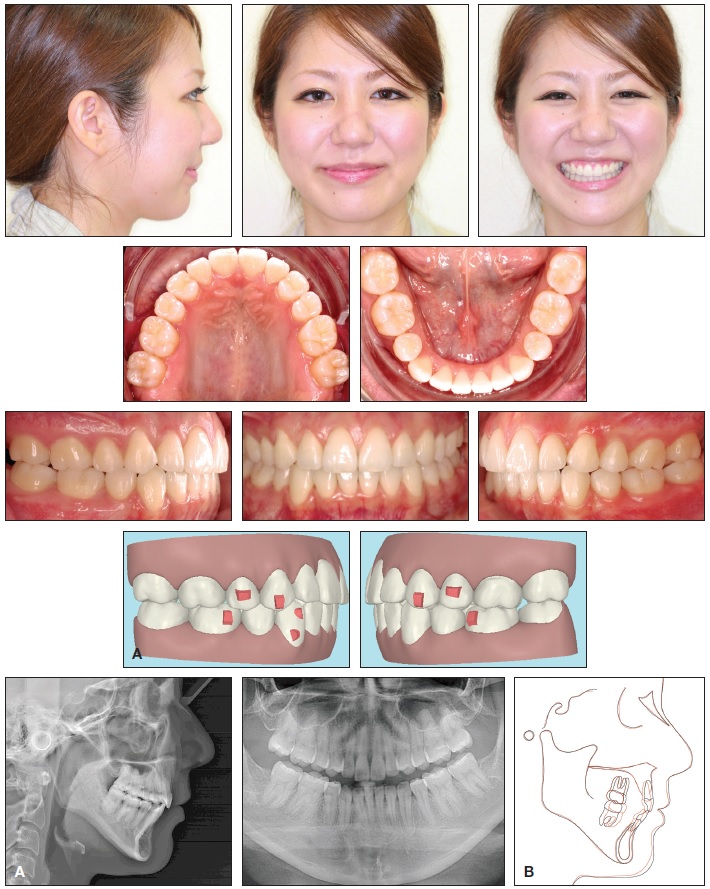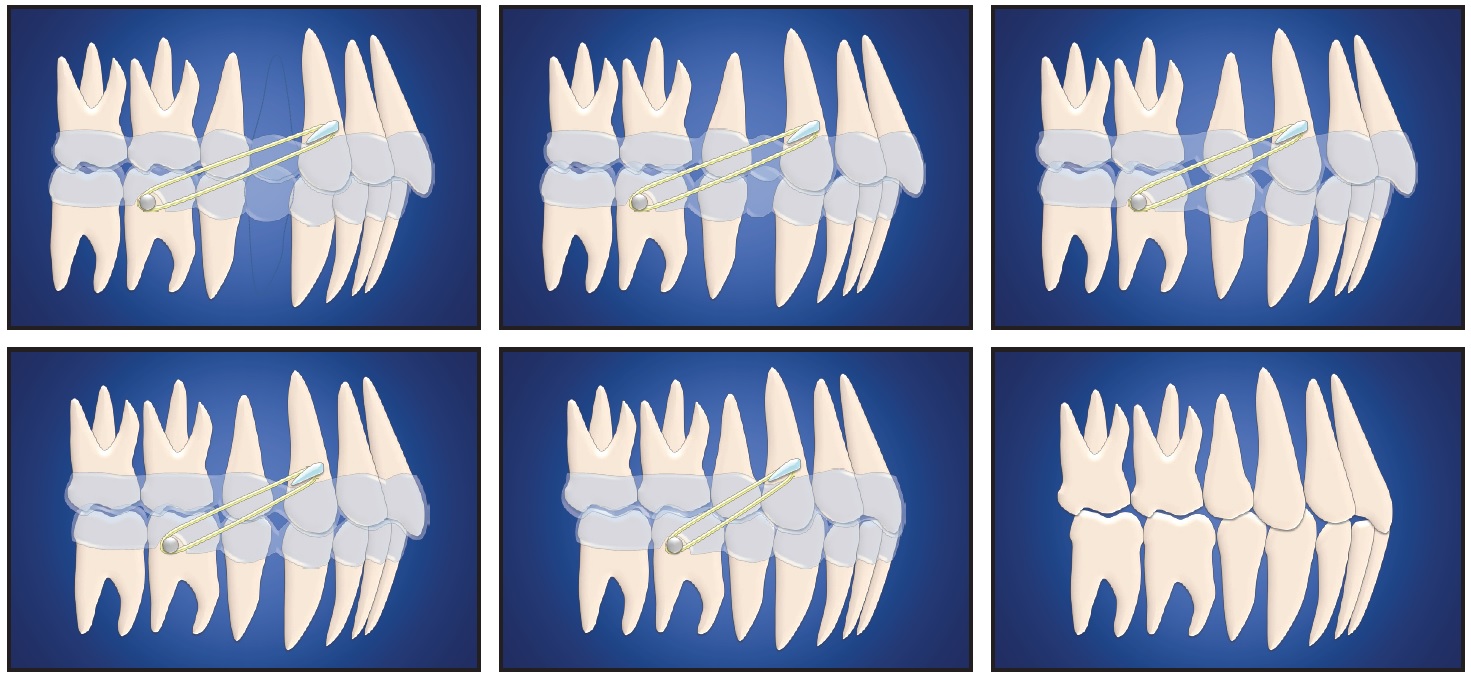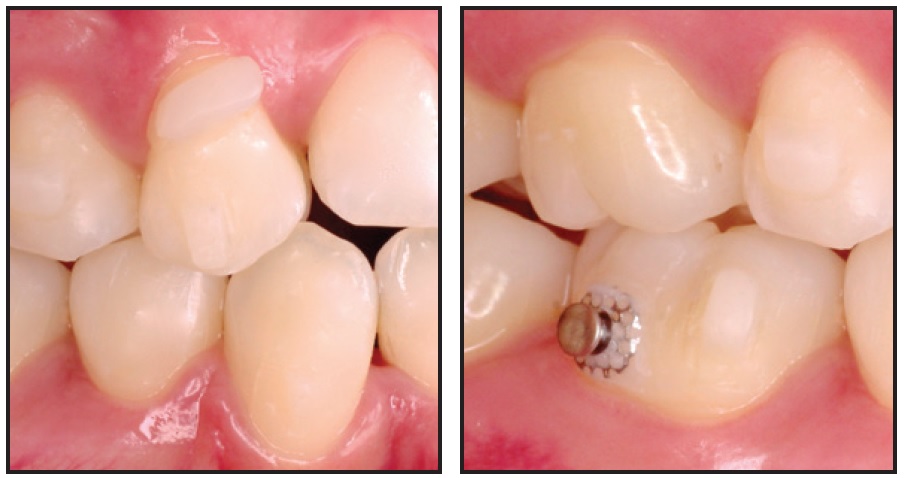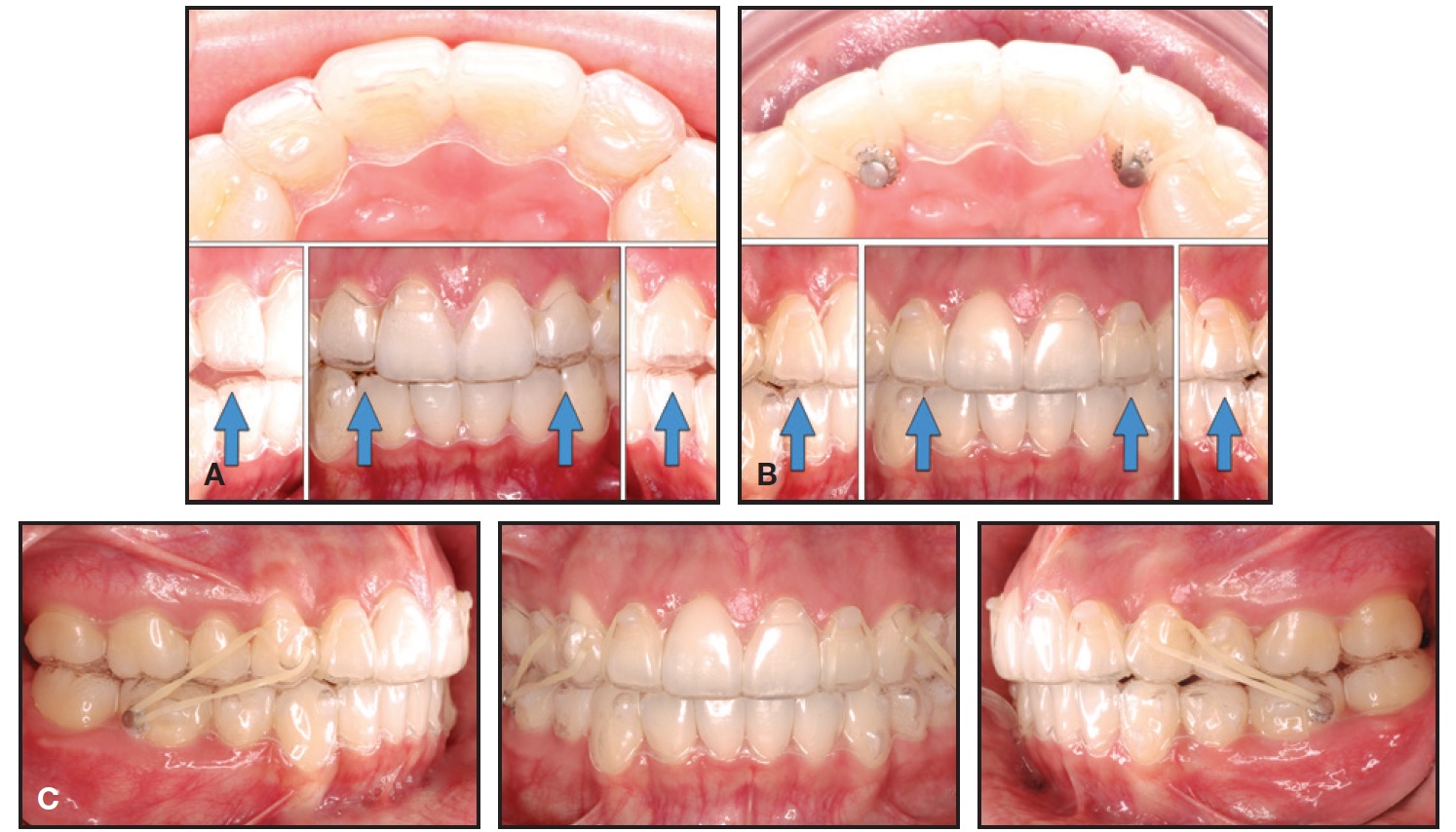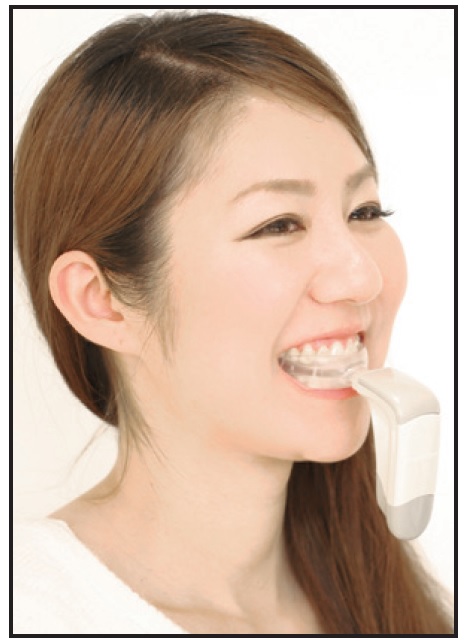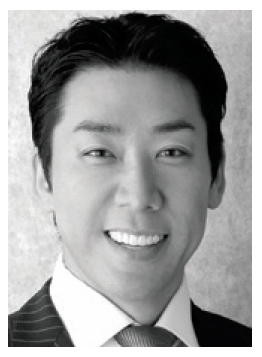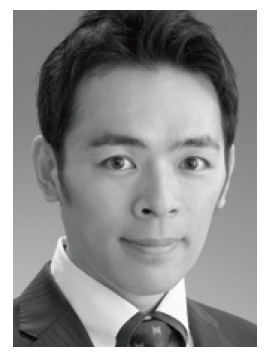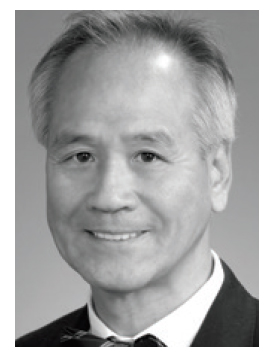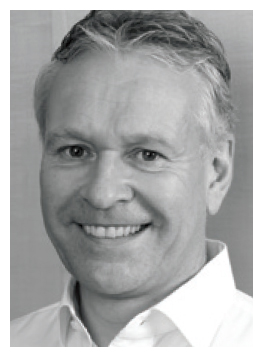THE EDITOR'S CORNER
A Fitting Memorial
Few individuals have contributed as much as the late Dr. Charles Burstone to the development of orthodontic biomechanics as a scientific discipline. To say that Dr. Burstone, who passed away in February at age 86, was a prolific writer would be a gross understatement. He published more than 250 journal articles, including many here in JCO, where he was an Associate Editor from 1979 to 2003. He was legendary around the world for his unequaled knowledge of the art and science of orthodontics. Although he has been eulogized frequently during the past year (see The Editor's Corner, March 2015), more reasons to celebrate his many accomplishments continue to surface.
Similar articles from the archive:
- THE EDITOR'S CORNER Extending a Hand March 2011
Just recently, in a well-deserved recognition of Dr. Burstone's contributions to the specialty, the AAO Foundation announced the creation of a Burstone-Indiana Biomechanics Award to fund future study of this field and other emerging orthodontic technologies. As Dr. Michael Marcotte, a long-time friend and colleague, said in the AAOF's official announcement: "Dr. Burstone was a pioneer in the study of biomechanics and orthodontics. He believed that the collective study of physics, mechanics, and engineering were essential to optimal and more predictable orthodontic outcomes for patients. He brought the full force of scientific knowledge back to orthodontics."Dr. Eugene Roberts, a student and then a faculty colleague of Dr. Burstone's at the Indiana University School of Dentistry, was the chief organizer and fundraiser for the award. As he aptly put it, "Indiana University has been unique in the history of orthodontics. Under the guidance of Dr. Burstone, orthodontics and mechanical engineering were brilliantly fused to help students understand the physics of how teeth move."
It seems almost providential that at almost the same time as the AAOF announcement, we received a review of what turned out to be Dr. Burstone's last book, The Biomechanical Foundation of Clinical Orthodontics. Dr. Neal Kravitz's review of this text, co-authored by Dr. Kwangchul Choy, is published on the facing page. I'd especially like to highlight his lead paragraph, in which he poignantly asserts that if Dr. Burstone were still with us, "he would say that our profession has become a little lazy and forgotten the fundamental principles of mechanotherapy."
I can't help but agree with Dr. Kravitz. During my 35 years of practice, I have personally tried practically all of the gadgets, "magic" brackets, and wonder appliances that he alludes to. Most of them have some redeeming features; indeed, I have successfully treated quite a few cases with them. But whenever I run into trouble with a case, some seemingly insurmountable clinical roadblock, I go back to the basic principles of orthodontic biomechanics - those same principles elucidated and so eloquently promulgated by Dr. Burstone. They have never failed me. Thanks to the significant contributions of Dr. Burstone's book and the new AAOF Burstone-Indiana Biomechanics Award, they need never be forgotten.
RGK
The 2015 JCO Orthodontic Practice Study
In what has become a biennial ritual of the profession, this issue marks the beginning of our report on the 18th JCO Orthodontic Practice Study. For the second time, we collected the data by means of SurveyMonkey.com; for the first time, we enlisted the help of orthodontic practice-management software companies to improve the response. We'd like to thank Cloud 9, Dolphin, Focus Ortho, OrthoTrac, Ortho2, and topsOrtho for their assistance, as well as the hundreds of practitioners who replied to the survey. Without their participation, we would not have been able to conduct the most authoritative survey of orthodontic economics and practice administration in the United States.
In addition to facilitating more accurate and unambiguous answers (improved even more by the reports generated by several of the software companies), the online format allows us to analyze the data more rapidly. As our three-part series will clearly show, the economic recovery noted in the 2013 Study is now in full bloom, with further growth forecast for the next two years. If you are a JCO subscriber, you can read the complete tables. You can also see reports from all previous studies in our Online Archive. At the end of the complete tables, you will find the most recent survey questionnaire, which may be useful in tracking data from your own practice. If you are a user of one of the software packages offering Practice Study reports, you will be ahead of the game in responding to the 2017 survey. In any case, you will gain insight into your practice's efficiency and profitability.
DSV
